Ivory Board is a premium quality paperboard product characterized by its strength, smoothness, and brilliant white surface. Its composition from 100% original tree pulp not only ensures its purity but also contributes to its strength and durability. Its excellent printing and graphic handling capabilities makes Ivory Board an excellent choice for various applications like premium packaging, business cards, wedding invitations, and other applications where a high degree of whiteness, stiffness, and a luxurious feel are desired.
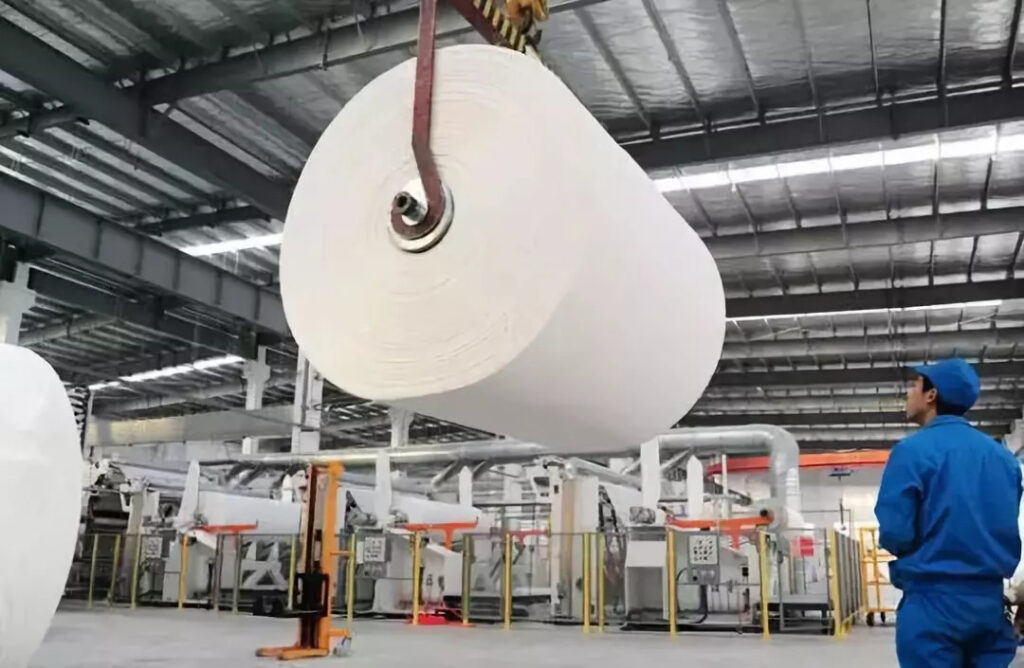
Basis Weight:
This refers to the weight of the paperboard measured in grams per square meter (gsm). Ivory board typically ranges from 200 gsm to 400 gsm. The choice of basis weight depends on the specific application requirements such as the need for durability and rigidity.
For example:
– A GSM of around 210 might be used for premium stationery or brochures.
– A GSM closer to 400 would be much stiffer and could serve well for business cards, postcards, or cover stock.
It’s important to choose the right GSM and thickness based on the intended use of the paper or cardstock, considering factors like whether it will need to support ink without bleeding through (higher GSM), if it needs to be folded (considering both GSM and thickness), and the overall impression you wish to convey with your material (thicker, heavier paper often feels more luxurious).
Thickness:
It has a typical thickness range from 0.27 to 0.55 millimeters. It directly correlates with the basis weight—the higher the basis weight, the thicker the board. Thickness is crucial for applications that require a certain level of stiffness and bulk.
Coating:
Ivory board is often coated with a thin layer of kaolin clay or calcium carbonate to improve its surface properties for printing. The coating can be single-sided or double-sided and enhances ink holdout, brightness, and smoothness.
Tear Strength:
This refers to the resistance of the paperboard to tearing. Higher tear strength is essential for packaging applications where durability during handling and transport is critical.
Folding Endurance:
Folding endurance measures how well the paperboard can withstand repeated folding without breaking or showing signs of wear. This property is particularly important for packaging that requires folding during assembly or for products like greeting cards.
Surface Quality:
The smooth surface of ivory board makes it ideal for high-quality printing applications. It can support detailed graphics and vibrant colors, making it a popular choice for business cards, covers, postcards, and high-end packaging.
Color Constancy:
The bright white color of ivory board provides a consistent background that helps in maintaining the true color of the printed images or text.
Aging Resistance:
Ivory board is designed to resist yellowing over time, which is particularly important for applications where longevity and presentation are critical.
Rigidity and Durability:
Its strength and stiffness make it suitable for packaging products that require protection, such as cosmetics, pharmaceuticals, and luxury items.
Direct Food Contact:
Certain types of Ivory paper are approved for direct food contact, making them suitable for use in food packaging or as napkins, placemats, etc.
Whiteness:
The whiteness of ivory board is a measure of how white the paperboard appears, which is important for print clarity and color reproduction. High whiteness ensures that colors appear vibrant and true to life on the printed product.
There is a range of whites and off-whites, each with potentially unique properties or appearances. Here’s a brief overview of what these terms might imply:
1.Ultrawhite: This could refer to an extremely bright white, possibly with a high level of reflectivity. It’s a color that might be used in applications requiring maximum brightness and light reflection, such as in certain paints or coatings.
2.Super white: Similar to ultra white, super white would denote a very bright white but might not be as intensely reflective. It could be used in contexts where a clean, bright appearance is desired without the harshness that can come from more reflective materials.
3.Ice white: This term suggests a crisp, cool-toned white. It might have blue or grey undertones, giving it an icy appearance. This color could be popular in modern interior designs or in technology products for its sleek and contemporary feel.
4.Glacier white: Like ice white, glacier white likely refers to a cool-toned white but may suggest a slightly warmer or more natural tone than ice white. It could be used in similar applications where a fresh, clean look is desire.
5.Chamois: This is an off-white or light beige color, reminiscent of the soft leather from the chamois animal or similarly colored items. It offers a warmer alternative to the stark whites and can bring a softer, more inviting feel to interiors or products.
6.Sand: Sand would refer to a light brown or beige color, evoking the natural tones of sandy beaches or deserts. It’s another warm neutral that can add depth and warmth to designs without overwhelming with color.
These colors and surfaces are likely chosen for their aesthetic qualities as well as their potential functional benefits (such as reflectivity). They can be applied across various industries, from automotive (where certain whites might be chosen for their ability to reflect sunlight and keep interiors cooler) to interior design (where the choice of white can significantly affect the mood and perceived space of a room).

Aesthetic Appeal: The high whiteness and smooth surface of ivory board enhance the vibrancy of printed colors, making images appear sharper and more vivid.
Durability: Its strength and rigidity protect products during shipping and handling, reducing the risk of damage.
Eco-Friendly Option: Being made from pure wood pulp, it is biodegradable and can be a more environmentally friendly option compared to plastic packaging.
Versatility: Suitable for various finishing processes like laminating, embossing, and foil stamping, allowing for creative and customized packaging designs.
When choosing ivory board for a project or product packaging, consider its weight, thickness, and whether it needs additional treatments like water resistance. The specific requirements of the end-use will dictate the most appropriate type of ivory board to use.
Ivory board’s combination of aesthetic appeal, durability, and versatility makes it a preferred choice for high-end packaging and printing needs, including folding cartons for cosmetics, pharmaceuticals, luxury goods, and food items. business cards, wedding invitations, greeting cards, and book covers.
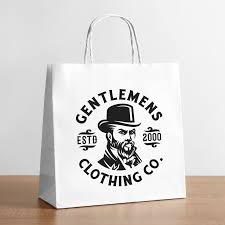
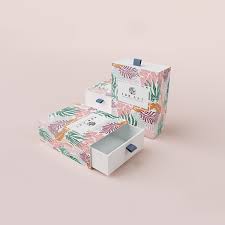
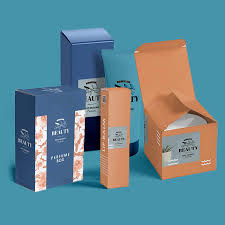
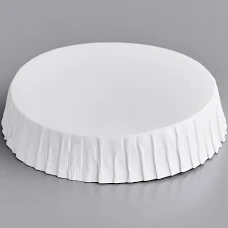
It is extensively used in the packaging of pharmaceuticals, cosmetics, luxury goods, and food items due to its strength and premium appearance.
Printed Paper Bags & Boxes: For retail businesses looking to elevate their branding, printed paper bags made from Ivory Board offer a durable and visually appealing option. These bags and boxes can carry sophisticated designs with ease, enhancing the customer’s shopping experience.
Paper Lids, Trays, Plates: Its rigidity and ability to hold shape under weight or pressure make it suitable for creating disposable paper lids, trays, and plates often used in fast-food restaurants or catering.

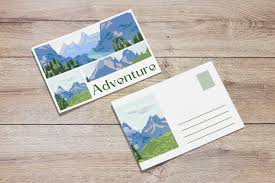
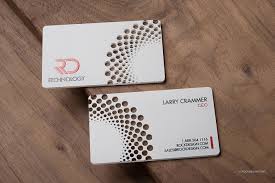

Ideal for high-quality printing applications such as business cards, invitation cards, postcards, and any other product where a luxurious feel is desired.
Business Cards: The smooth, premium feel of Ivory Board makes it a popular choice for business cards. Its ability to hold colors well ensures that designs and text appear sharp and vivid, creating a professional impression.
Postcards: The smooth surface of ivory board allows for high-quality printing, making it perfect for professional name cards and vibrant postcards.
Stationery: Ideal for stationery items like letterheads, envelopes, business cards, and wedding invitations where a subtle, sophisticated appearance is desired.
Menu Brochures: Restaurants and cafes often use Ivory Board for their menu brochures because it can withstand frequent handling and has a premium look and feel. The material’s excellent print quality ensures that images of dishes look appetizing and text is easy to read.
Graphic Arts:used in the creation of book covers, albums, and art reproductions where durability and aesthetic appeal are important.
It involves several stages, including pulping, bleaching, and extensive refining to achieve its characteristic brightness and smooth surface. The use of virgin fibers (fibers that have not been recycled) ensures that the board has superior strength and a uniform appearance, free from impurities that can be found in recycled materials.
Given the diverse range of printing and processing techniques available, selecting the appropriate method depends on several factors including the intended use of the printed material, the quantity needed, the quality desired, and budget constraints. Here’s a brief overview of each method and its typical applications:
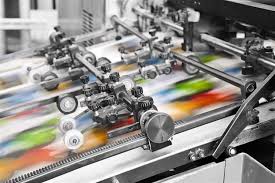
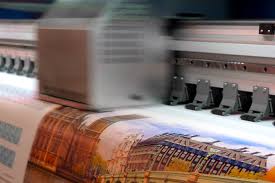
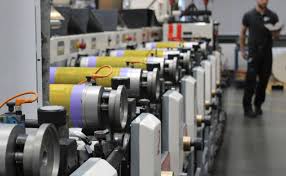
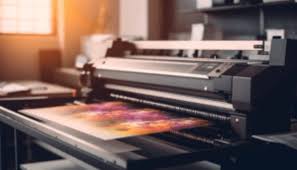
1. Offset Printing: This is ideal for high-volume printing with superior quality. It’s commonly used for newspapers, magazines, brochures, stationery, and books. The initial setup cost is high, but it becomes cost-effective for large runs.
2. Screen Printing: Best suited for designs that require vibrant colors on various materials (textiles, ceramics, wood, paper, glass, and metal). It’s widely used for posters, T-shirts, banners, and signage. Screen printing allows for unique textures and effects.
3.Flexo Printing: Flexography is often used for packaging materials such as plastic bags, food packaging, labels, and wallpaper. It’s adaptable to different materials and has a fast printing speed, making it suitable for large volumes.
4. Laser Printing: Ideal for office documents, small-scale printing jobs like personal projects or small businesses needs. It offers good quality prints with relatively quick turnaround times but can be more expensive per page than offset printing.
5. Inkjet Printing: Suitable for both small-scale home use and large-format prints like posters or banners. Inkjet printers can handle a variety of materials including paper, plastic, canvas, and more. They offer excellent color accuracy and detail but can be slower and more costly in terms of ink consumption compared to other methods.
1. Foil Embossing: Adds a metallic or pigmented foil to a design to create a decorative finish. Commonly used on book covers, business cards, invitations, and packaging to add a touch of luxury.
2. Laminating: Involves covering paper or cardstock with a plastic film to protect it from water damage, tearing, and wear. Ideal for menus, ID cards, educational materials.
3. Spot Varnishing: Applies varnish to specific areas of a printed piece to create contrast or highlight certain elements. Often used in packaging design and high-end brochures or magazines.
4. Creasing/Folding: Essential for preparing printed materials like brochures, leaflets, greeting cards etc., ensuring they fold neatly without damaging the print or paper.
5. Die-Cutting: A process that cuts shapes out of paper or cardstock using a sharp steel blade formed into a specific design. It’s used to create custom shapes for packaging, business cards with unique edges or intricate designs in greeting cards.
Each method has its own set of advantages depending on the project requirements. Combining these printing techniques with various processing methods can result in highly customized and visually appealing printed materials that stand out in today’s competitive market.

Professional Paper Supplier
Copyright © Yescom Paper All Right Reserved.